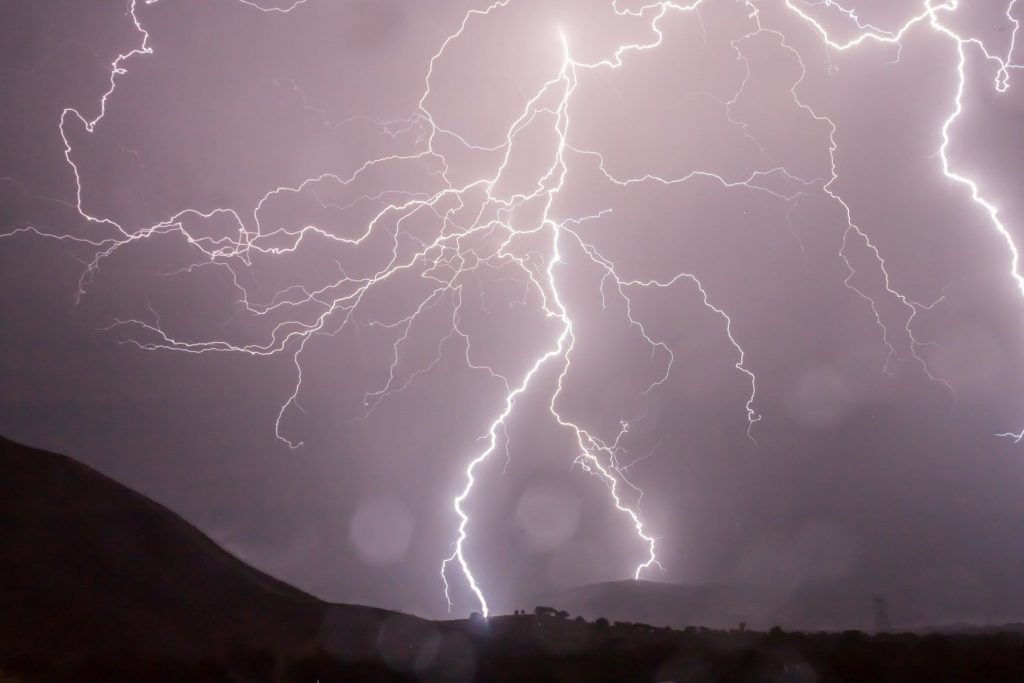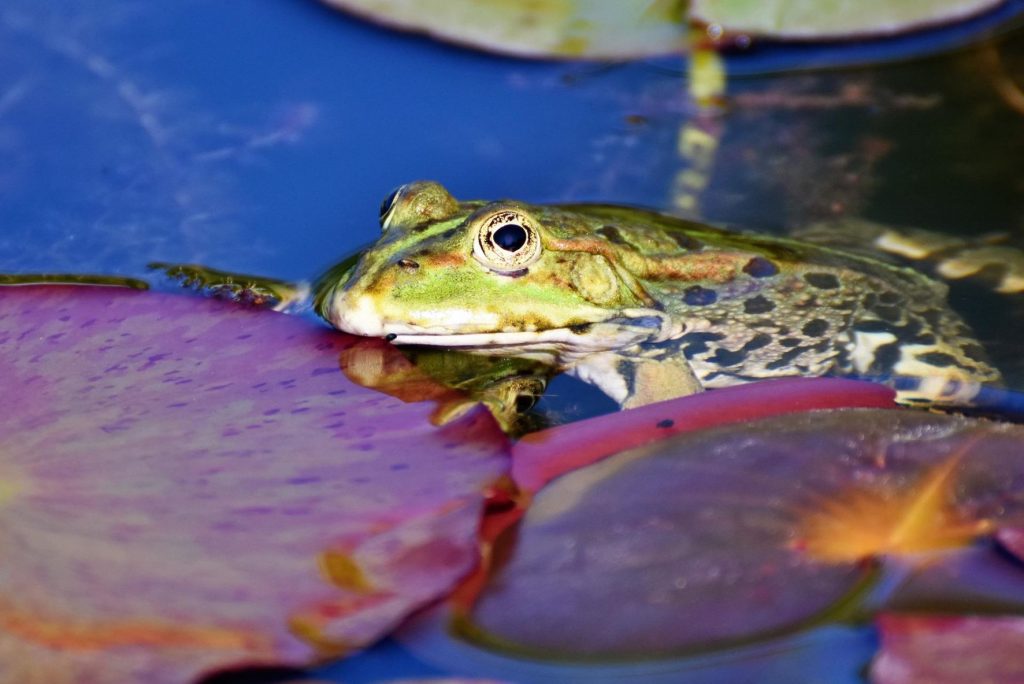Elementary science has the potential for wonder. Young children are naturally curious, and science is a great way to satisfy that curiosity. And if it’s done right, elementary school science can lay the foundation for science understanding throughout life. There are just a few basic principles that need to be stressed over and over without sucking the fun out of the process.
While we all agree that science is the way for kids to get answers to pressing questions they wonder about, teachers also know that there are underlying skills for focus, as well. Good science lessons and activities will rely on building communication skills, developing collaboration, sharpening the process of inquiry, and designing flexible and creative ways to observe or to solve problems.
At the heart of all science is the Scientific Method, and no matter how young or old young scientists may be, they can learn through the Scientific Method if we teachers and parents are mindful to set good examples. To refresh your memory, the Scientific Method has seven steps:
- Make an observation or ask a question. Kids do this naturally; they may just need a nudge to notice and write it down.
- Research. With their insatiable desire to learn, this step comes naturally too. Books, magazines, the internet, television and videos are all great resources to build background knowledge about the topic at hand.
- Generate a hypothesis. This step isn’t hard, either! Help the young kids take a guess about what will happen or what causes what they are wondering about. Be sure to write this down, too.
- Conduct tests and experiments. Kids really shine at this one. Help them find ways to check their hypothesis. How can they set up an event that will answer their question?
- Analyze the data. This step may or may not be formalized, but be sure to point it out each time your child is “doing science.” Discuss their observations. Encourage them to measure and count and otherwise record the outcomes, then make simple graphs or tables to show what happened. Point out that organizing data helps everyone see exactly what happened.
- Report on the conclusions. Again, this can be as formal as you like, but make sure to point out this step when it happens. Maybe you have a discussion about the experiment. Maybe you make a drawing of it. Perhaps you share the results with friends or family.
- Make a new question or observation. If science is done right, each experience will lead to a new set of questions so you have a perpetual cycle of learning.
Here are some jumping-off points to “do science” in a big way with your elementary student. Feel free to tweak and modify and take side trips. Anything your child wants to learn about is fair game for science!
Physical Science

- Simple Machines: Simple Machines rock! To refresh your memory, the six simple machines are the pulley, the inclined plane, the wheel and axle, the screw, the lever, and the wedge. They all serve to change the amount of work or energy needed to get a task accomplished. Kids can experiment to find out exactly how much the simple machines make work more efficient, and they can put them together in different combinations to accomplish tasks. Need ideas for science fun with simple machines? Check out 24 Simple Machine Projects for Kids.
- Electricity: We use electricity every single day, yet even most adults can have trouble explaining how it works and why it’s so useful. It’s only natural that kids will get curious about electricity as they learn about their world. Help their understanding grow with science themed around electricity. Need some ideas? Visit 16 Shockingly Fun Electricity Experiments and Fun for Kids.
- Magnetism: Have you ever even met a child who isn’t fascinated by magnets? They are used in all sorts of household items and tools – check your kitchen cabinet catches if you don’t believe me. Get some great magnet learning ideas at 10 Fantastic Magnet Experiments for Kids.
- Gravity: Gravity is a fact of life here on Earth, and even very young children have felt its effects. Make some observations and get them wondering about how gravity works with simple experiments about dropping small items in a controlled way. If you need more ideas, check out Easy Science Experiments for Kids: Gravity Activity with Paperclips.
- Speed and Force: Children are fascinated with speed and motion, and it won’t be too big of a jump to get them excited about the science of force. Think race cars, trains, and heavy equipment. You can take full advantage of this built-in interest with the ideas at 24 Elementary Force and Motion Experiments and Activities.
Life Science

- The Body: Young children are full of curiosity about the workings of their own bodies. We are positive you’ve heard questions about where the food goes once they eat it, how their blood moves around, and what makes muscles work. You’ll find some great explanations and resources for activities at How the Body Works.
- Healthy Living: Get everyone off on the right foot with healthy habits like nutritional eating, staying hydrated, exercising and more! Britannia Kids has a great article at Healthy Living.
- Animals: There’s so much to learn about the animals in our world. Nearly every family makes the occasional visit to the local zoo, where you can find a wealth of information about animals near and far, and can allow even the youngest members of your family to do a bit of “research” to find out about their favorites. And if you or family members have pets or livestock, you have a built-in laboratory for kids to try all sorts of safe experiments and make observations. Check out Animal Science Experiments for a few possibilities.
- Plants: Much like animals, plants are a big part of our everyday life no matter where you may live. Visit a farm or a greenhouse or a botanical garden – they often have children’s science programs, as well as your local park. And there are some excellent ideas at Easy Plant Science Experiments for the Classroom.
- Insects: Creepy Crawlies are intriguing, too! Insects are all around us, even in the cities, in apartments, or suburban neighborhoods. Kids will love learning about how human lives are intertwined with insects, how they affect our world, and how we use them and their products. They will also be fascinated with the exotic, huge, and bizarre insects that do not live in your area. Check out Insect Investigations for PreK-2 for some cool ideas.
Earth Science

- Environment: The environment is on everyone’s mind and is in the news regularly between pollution, deforestation, and climate change. Kids have loads of questions, and you can set up observation opportunities and experiments to help them better understand and care for the world we live in. Get even more info at Super Cool Environmental Science Activities for Kids!
- Pollution: Related to the environment are concepts about pollution. Kids can see (and hear and smell) evidence of pollution in their everyday lives. Let them apply science learning to the problems we all face. Get some great ideas at 10 Hands-On Science Projects to Teach About Pollution.
- Air: The air and atmosphere are mysterious because we can’t see them, but we know they are all around us. Air fills up balloons and feels fresh on our faces when the wind blows. Help your young scientist learn more about air by making observations and doing simple experiments with air. Think about how a fire needs air by burning a match inside a closed glass bottle. Show that air takes up space but does not have a shape of its own by blowing up balloons. Grab more hands-on activity ideas at Air.
- Ecology: This is a science area that is great for pairing up with activist-minded kids. There are loads of things children can do with minimal help to improve the environment. Get some ideas at Quick and Easy Eco-Activities.
- Climate and Weather: Here’s another great area of science exploration that is easy to access and doesn’t take a lot of time, money, or preparation. Anyone can observe the weather and keep records with little to no training or equipment. One fun idea is to check the accuracy of the folk sayings that predict the weather, like “Red in the morning, sailors take warning.” Check out 10 Hands-On Weather Experiments for Kids for even more fun ideas.
Space Science

- The Moon: Most children notice the moon well before they can walk and talk. Some even want parents to “get” it for them! Help them learn about the beauty and splendor of the Moon whenever they show an interest. You’ll find some great information to share at National Geographic Kids’ page, Facts About the Moon.
- The Sun: Where would we be without the sun?? Help the kids learn more about this huge part of our lives in their quests for scientific knowledge. Try getting some photosensitive paper (available at many craft stores) and making a sun/shadow collage. Do experiments with evaporation in the sun and the shade. Find still more ideas at 7 Sun-Science Activities to Make Your Day.
- Planets: See what you can see in the night sky, then move on over to NASA’s great resource for space information for kids at All About the Planets.
- Stars: It’s possible that you have resources for the night sky that you didn’t even know about. If you use a cell phone or a digital tablet with a camera and gps function, you have what you need to use any one of a host of apps that will mirror the sky above you on your device’s screen, except with annotations, diagrams, and more. StarWalk is one of our favorites, but you can find a comprehensive list of choices at 20 Best Apps for Stargazing in 2022.
- Rockets: Wow, rockets are interesting! Learn all about the latest in programs and equipment at NASA’s site on Rockets.
Engineering Design

- Inventions/Inventors: Your kids can pick nearly any machine, item, or modern convenience, and there was an inventor (or more than one inventor) that made it all possible. The local library has tons of biographies you can share, or the internet has a wealth of information. And once kids understand that all of these things were created in someone’s mind, they may just get creative, too! Scholastic has put together some great guidance on how parents can nurture young inventors at Let’s Invent Something Together!
- Computers: Computers are a huge part of our everyday lives, and it’s important to help kids understand how they operate. Point out computers when you see them, and introduce the kids to the idea that people made the machines and fed the instructions into them to make the devices perform their tasks. Encourage your child to get at least a little bit of instruction on coding, too, even if it’s not your strong suit. Computer technology fields are outstanding career choices! Check out Our Favorite Websites for Teaching Kids and Teens to Code.
- How Do Things Work: You may not always know the answer to that question, but you can nurture your child’s scientific curiosity just the same. Speculate about what makes the machine work, take it apart to look and see if that is practical, then jump to a resource like the How Stuff Works YouTube Channel.
- Building with Construction Sets: Some children get super-excited by Legos®, Tinker Toys®, or even a simple set of building blocks. You can do SO MUCH SCIENCE with these toys! Kids will learn about balance, load bearing, and much more just by doing what comes naturally. If they get to the point where they want to do even more, check out STEM Competitions or similar sites.
- Patterns and Systems: You may not realize it, but when your toddler or preschooler is lining things up or stringing beads to make patterns, he or she is engaging in scientific research. Patterns and systems are all around us, and there are some doozies in complexity. Encourage your young learner to do science in the form of puzzles and logic games like the ones at Math Playground or any of a host of similar sites.
There are still more great science resources over at Best Science Websites for Teachers, too.
